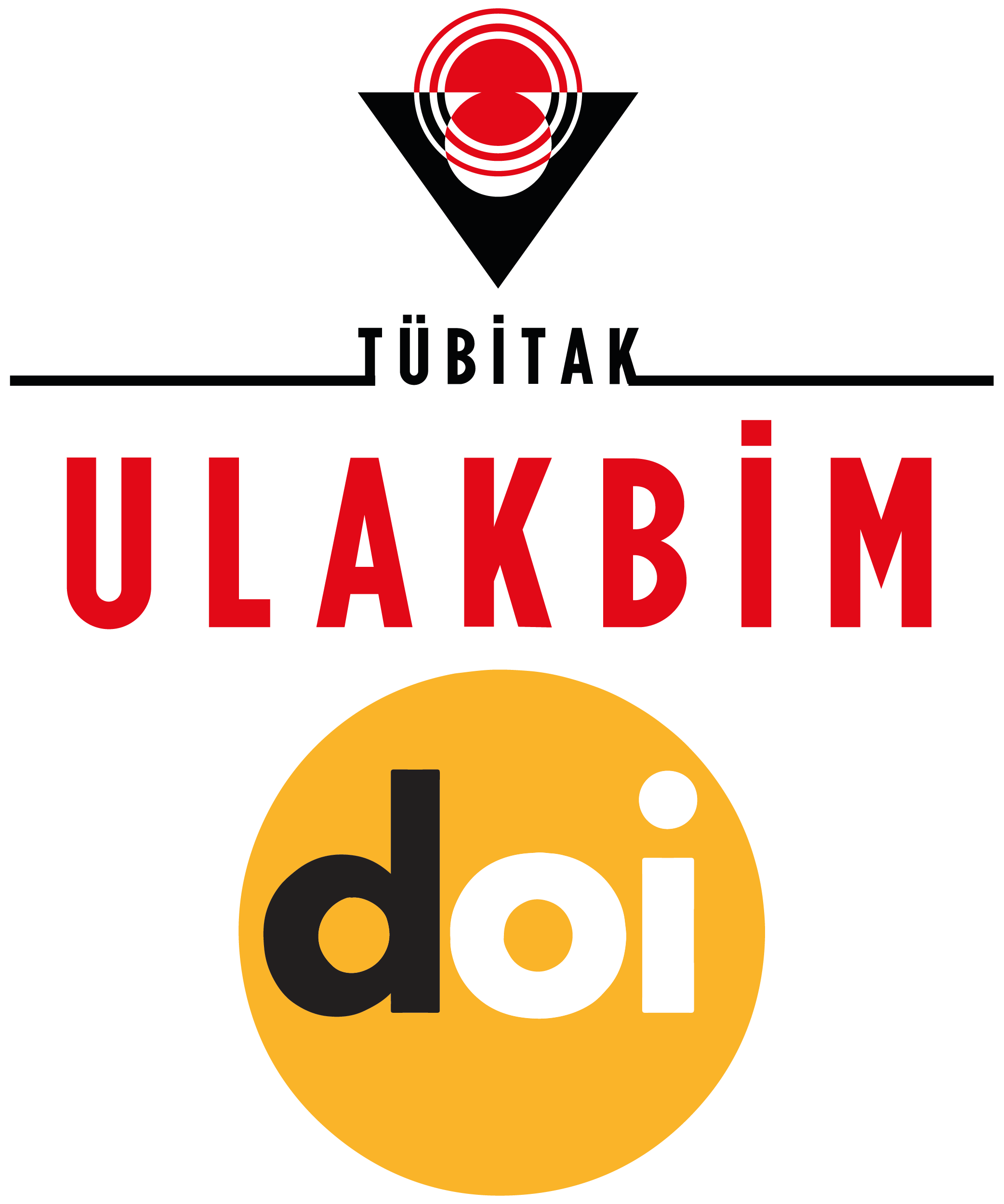A Research on the Woman's Role and Innovative Approach in the Kitchen in Muğla Province
Keywords:
Culinary, Women, Innovative approachAbstract
The main purpose of this study is to determine how innovative and creative approach women have in the kitchen. In addition, perceptions of women towards their roles and responsibilities and their expectations from men’s support in the kitchen are being studied. In the study, it was investigated whether being a housewife or worker, single or married, and having children have effect on women's role and responsibility in the kitchen. Similarly, whether or not having children or being employed increases the likelihood of women to expect support from men in the kitchen. It also examines the extent to which variables such as marital status, child owner-ship, education level, housewife or employee influence women's innovation and creativity initiatives in the kitchen. For this purpose, a survey study was conducted for women living in the Menteşe, a district of Muğla province. A total of 367 questionnaires were taken into con-sideration. Analysis of the questionnaire data (t-test and Anova) showed that women's thoughts and attitudes towards the research variables differed according to demographic vari-ables such as education level, marital status, income level, location, and whether they had children. Single women, when compared to married, want men to be more active in the kitch-en. Married women, on the contrary to the single, believe that women in the kitchen should take more roles and responsibilities. Furthermore, it was found out that single women have more innovative initiatives and experiences than married women in the kitchen. On the other hand, it was determined that women who have children have higher perceptions of role and responsibility in the kitchen and innovative initiative and originality efforts than women with-out children. Finally, it was concluded that perception of woman towards their role and re-sponsibility in the kitchen is higher than working women.
References
CANDAN, E. ve GÜNAL, Ö. S. (2013), “Tarımda Kadın Emeği”, Tarım Ekonomisi Dergisi, 19 (1), ss. 93-101.
COOPER, A. (1998), A Woman’s Place is in the Kitchen: An Evolution of Women Chefs, Van Nostrand Reinhold, New York.
CİĞERİM, N. (2001), “Batı ve Türk Mutfağı’nın Gelişimi, Etkileşimi ve Yiyecek-İçecek Hizmetlerinde Türk Mutfağının Yerine Bir Bakış”, Türk Mutfak Kültürü Üzerine Araştırmalar, Türk Halk Kültürünü Araştırma ve Tanıtma Vakfı Yayınları, Yayın No: 28, s. 49-61.
DRUCKMAN, C. (2010), “Why Are There No Great Women Chefs”, Gastronomica, 10 (1), pp. 24-31.
FISHER, B. (1992), “Book Review: Feeding the Family: The Social Organization of Caring as Gendered Work”, Symbolic Interaction, 15 (4), pp 529-532.
GOODY, J. (2013), Yemek, mutfak, sınıf (Çev. M. Günay Güran), Pinhan Y., İstanbul.
HADDAJİ, M., GARRIGOS, J. A., SEGOVIA, G. P. (2017), “Women chefs’ experience: Kitchen barriers and success factors”, International Journal of Gastronomy and Food Science, 9, pp. 49-54.
GÜLEŞ, K. H. ve BÜLBÜL, H. (2004), Yenilikçilik İşletmeler İçin Stratejik Rekabet Aracı, 1. Basım, Nobel Yayınları, Ankara.
HALICI, N. (1997), “Anadolu Bayramlarında Beyaz Renkler”, Türk Mutfak Kültürü Üzerine Araştırmalar, Türk Halk Kültürünü Araştırma ve Tanıtma Vakfı Yayınları, Yayın No: 20, s. 65-67.
İNCE, Ş. (2014), Toplumsal ve Kültürel Dönüşümlerin Gündelik Hayata Yansımaları: 2000’lerde Türkiye’nin Mutfağı, Yayımlanmamış Doktora Tezi, Ankara Üniversitesi, SBE, Ankara.
İNCE, Ş. (2016), “Şeflerin Savaşı: Profesyonel Mutfaklarda Erkek ve Kadın Şefler”, HÜ İletişim Fakültesi Kültürel Çalışmalar Dergisi, 3 (2), ss. 409-435.
KARL, M. (2009),”Inseparable: The Crucial Role of Women in Food Security Revisited”, Features, No. 1, pp. 8- 19.
KELLY, C. R. (2015), “Cooking Without Women: The Rhetoric of the New Culinary Male”, Communication and Critical/Cultural Studies, 12 (2), pp. 200-204.
LLEWELLYN, M. (2004), “Designed by women and designing women: gender, planning and the geographies of the kitchen in Britain 1917-1946”, Cultural Geographies, 10, pp. 42-60.
KOŞAY, H. Z. ve ÜLKÜCAN, A.(2011), Anadolu Yemekleri ve Türk Mutfağı, Çiya Yayınları, İstanbul.
LAPOINTE, E. (1992), “Relationships with waitresses: Gendered social distance in restaurant hierarchies”, Qualitative Sociology, 15 (4), pp. 377-393
MERDOL, T. K. (1998), “Tarihten Günümüze Toplumlar ve Beslenme Alışkanlıkları”, Türk Mutfak KültürüÜzerine Araştırmalar, Türk Halk Kültürünü Araştırma Ve Tanıtma Vakfı Yayınları, Yayın No: 22, s. 135-143.
PIERCE, S. J. (2010), Kitchen Cache: The Hidden Meaning of Gender and Cooking in Twentieth-Century American Kitchens, Master of Arts, Appalachian State University, Boone North Carolina.
PLATZER, R. (2011), Women not in the kitchen: A look at gender equality in the restaurant industry, California Polytechnic State University, Degree Bachelor of Arts, California.
SWINBANK, V. (2002), “The sexual politics of cooking: A feminist analysis of culinary hierarchy in western culture”, Journal of Historical Sociology, 15 (4), pp. 464-495.
SZABO, M. (2014), “Men nurturing through food: Challenging gender dichotomies around domestic cooking”, Journal of Gender Studies, 23 (1), pp. 18-31.
TALAS, M (2005), “Tarihi Süreçte Türk Beslenme Kültürü ve Mehmet Eröz’e Göre Türk Yemekleri”, Selçuk Üniversitesi Türkiyat Araştırmaları Dergisi, 18: s. 273-283.
TEZCAN, M. (1993), “Yemeklerin Toplumsal Fonksiyonları”, Türk Mutfak Kültürü Üzerine Araştırmalar, Türk Halk Kültürünü Araştırma ve Tanıtma Vakfı Yayınları, Yayın No: 20, s. 54-60.
TEZCAN, M. (1997), “Yemek Kültürü Üzerine Dinsel Etkiler”, Türk Mutfak Kültürü Üzerine Araştırmalar, Türk Halk Kültürünü Araştırma ve Tanıtma Vakfı Yayınları, Yayın No: 20, s. 139-146.
YILMAZ, A. (2002), İşyerimiz Mutfak, Mesleğimiz Aşçılık, Sanatımız Pişirmek, İstanbul.
Downloads
Published
How to Cite
Issue
Section
License
Copyright (c) 2023 Journal of Tourism & Gastronomy Studies

This work is licensed under a Creative Commons Attribution-NonCommercial 4.0 International License.








